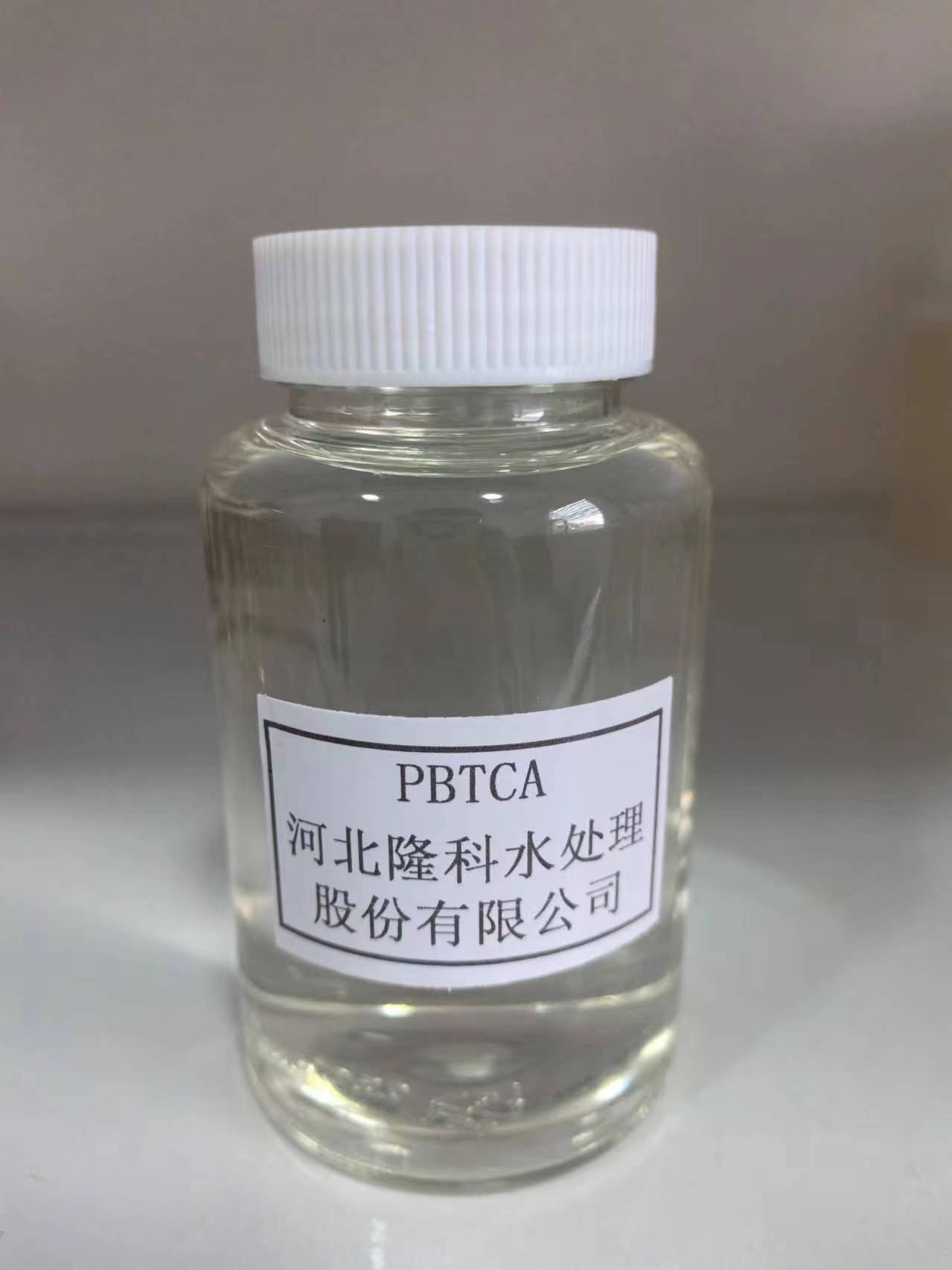Poly Aluminum Chloride PAC Applications and Benefits in Water Treatment Processes
Understanding Poly Aluminum Chloride (PAC) An Essential Coagulant in Water Treatment
Poly Aluminum Chloride (PAC) is a widely used coagulant in water treatment processes. This inorganic polymer, characterized by its high efficiency and versatility, has gained popularity in various applications, from municipal water supply to industrial waste treatment. This article delves into the properties, production, applications, and benefits of PAC, as well as some considerations for its use.
What is Poly Aluminum Chloride?
Poly Aluminum Chloride is an aluminum-based coagulant, typically found in a powdered or liquid form. Composed of aluminum, chlorine, and hydroxyl ions, its polymeric structure enhances its effectiveness compared to traditional coagulants such as aluminum sulfate (alum). PAC is produced through the hydrolysis of aluminum chloride in the presence of water, which results in a complex mixture of aluminum species.
Physical and Chemical Properties
PAC generally comes in a yellow to brownish-colored form, depending on the manufacturing process and the degree of hydrolysis. One of its distinctive features is its high charge density, which allows it to neutralize charges on suspended particles in water effectively. This property plays a crucial role in promoting the aggregation of suspended solids, making them easier to remove during filtration processes.
Another significant aspect of PAC is its solubility. It dissolves quickly in water, which is essential in treatment applications where rapid coagulation is desired. Moreover, PAC is characterized by its low residual aluminum content in treated water, making it a safer option for drinking water applications.
Applications of PAC
PAC is predominantly used in the following areas
1. Drinking Water Treatment Its primary application is in the treatment of potable water, where it helps remove turbidity, color, and certain contaminants. The effectiveness of PAC in coagulating fine suspended particles makes it invaluable in ensuring that drinking water meets safety standards.
2. Wastewater Treatment In industrial wastewater facilities, PAC aids in clarifying water by removing organic and inorganic pollutants. It is particularly effective in treating water with high turbidity levels or difficult-to-treat substances.
3. Paper Manufacturing In the paper industry, PAC is used as a retention aid in the paper-making process. It helps increase the retention of fiber and filler, improving the quality of the final product.
poly aluminum chloride pac

4. Food Industry PAC is also utilized in food processing, particularly in clarifying juices and beverages. Its ability to remove impurities helps ensure product quality and safety.
5. Other Applications In addition to the above, PAC finds use in oil drilling, construction, and even pharmaceutical industries, showcasing its versatility.
Advantages of Using PAC
The adoption of PAC in water treatment comes with several advantages, including
- Efficiency PAC acts quickly, leading to faster treatment times and improved operational efficiency. This is crucial in both municipal and industrial settings where time is a factor.
- Lower Dosage Requirements Compared to traditional coagulants, PAC often requires lower dosages to achieve the same level of turbidity reduction, which can translate to cost savings in chemical procurement and waste management.
- Reduced Sludge Production The use of PAC typically results in less sludge generation than conventional coagulants. This is beneficial for managing waste disposal and minimizing environmental impact.
- Improved Water Quality The superior coagulation properties of PAC lead to higher-quality treated water with fewer dissolved metals and lower residual chemical content.
Considerations in the Use of PAC
Despite its numerous benefits, the use of PAC should be managed carefully. Dosage needs to be optimized to avoid under- or over-treatment, which can lead to additional complications such as inadequate turbidity removal or excessive sludge production. Operators must be trained in the effective handling and application of PAC to maximize its benefits while ensuring compliance with regulatory standards.
Conclusion
Poly Aluminum Chloride is a vital component in modern water treatment processes, offering enhanced efficiency and flexibility across various applications. Its unique properties make it an ideal coagulant for addressing a wide range of water quality challenges. As the demand for safe and clean water continues to rise, understanding and utilizing PAC effectively will be indispensable in meeting these challenges. With ongoing research and development, innovations related to PAC and its applications are likely to evolve, further solidifying its role in ensuring water safety and environmental protection.
-
Water Treatment with Flocculant Water TreatmentNewsJun.12,2025
-
Polymaleic AnhydrideNewsJun.12,2025
-
Polyaspartic AcidNewsJun.12,2025
-
Enhance Industrial Processes with IsothiazolinonesNewsJun.12,2025
-
Enhance Industrial Processes with PBTCA SolutionsNewsJun.12,2025
-
Dodecyldimethylbenzylammonium Chloride SolutionsNewsJun.12,2025





